Ethereum
With tokenization, anyone can invest in any type of asset

Blockchain is impacting the financial services industry in many different ways, and one of the most exciting is the idea of tokenization, where real-world physical assets are represented as digital tokens so they can be more easily traded.
Tokenization is more than just an idea, and it’s certainly not a fad. Some of the world’s largest financial institutions, including BlackRock, BNY Mellon, and JP MorganChase, have already embraced the concept. These organizations, once wary of anything crypto-related, have been convinced that tokenization promises to bring tangible improvements to the way assets are traded, paid for, and settled.
For the masses, the most significant benefit of tokenization is how it can potentially democratize finance, paving the way for anyone to become an investor and start building wealth through the concept of “fractional” investing.
What is tokenization?
Tokenization allows almost any asset to be traded on decentralized peer-to-peer markets. It can be thought of as a magic portal through which anyone can invest in anything, whether it’s stocks, commodities, currencies, real estate, vintage wines, or anything else. Plus, anyone can access it, with just a few dollars. In this way, tokenization opens the door to financial opportunities that were once exclusively reserved for the wealthiest among us.
The magic of tokenization is that it becomes possible to buy a small share of a luxury apartment building, a hotel or even a parking lot, or to own shares in a gold reserve or invest in a blue-chip work of art, with just a few clicks of the mouse from the comfort of your home.
In terms of benefits, tokenization paves the way for faster trade settlements, with transactions processed in just seconds, and lower trade costs, as there are no intermediaries – except for network “gas” fees, but these are usually minimal.
Tokenization also means more security thanks to the strong foundations and transparent nature of blockchain, greater accountability, transparent tracking of ownership, and less reliance on custodians.
What assets can be tokenized?
Digital tokens live on the blockchain, where they are created to represent assets in the real world. By creating digital tokens that represent a precious metal like gold or platinum, for example, that asset can then be bought and sold on the chain, with the tokens changing hands instantly, as soon as a transaction is processed. No one can be excluded from the process, and there is no limit to the number of tokens that can be generated per asset, meaning they can be affordable enough for anyone to get involved with just a few dollars worth of crypto in their wallet.
The most interesting thing about tokenization is that it is not just a future possibility. Tokenized assets already exist and there are dozens of decentralized markets up and running that anyone can participate in if they want to become an investor.
For example, if you want to become a real estate investor, Blocksquare, through its Oceanpoint.fi marketplace, allows you to do so, offering a multitude of real estate investment opportunities spanning penthouses, hotels and shared spaces.
Square of blocks has been around for several years now and demonstrated its feasibility back in 2018 by creating the world’s first tokenized parking space that anyone can invest in. The parking space, which exists in a parking garage in the Slovenian capital, Ljubljana, has been divided into several digital tokens that each represent a fraction of the ownership. Anyone who buys one of the tokens can earn regular dividends from the $90 per month in rental income generated by the parking space.
Since that first PoC, Blocksquare has evolved into a much more comprehensive platform, offering white-label tokenization marketplaces for real estate operators to create their own marketplaces. It also offers a way for real estate tokenization projects to attract crowdfunding. For example, a project called Pieme recently spear a Marketplace Pool campaign, seeking support from Blocksquare’s investor community to help fund its first tokenized hotel in Kampala, Uganda.
Other options for tokenized investments include commodities. For example, MANTRA Mantra has created a marketplace where users can purchase tokens that represent ownership of physical gold and silver, which can be traded as easily as any cryptocurrency. This is much simpler than traditional methods of investing in precious metals, which involve buying physical bars or coins and storing them securely, or buying shares in a gold exchange-traded fund. Mantra also allows investors to earn passive income by staking its native token OM to earn rewards for supporting its network.
If gold and silver aren’t your thing, you might be more interested in ArtFiwhich owns a physical art gallery in Dubai where it showcases dozens of high-value artworks it has acquired on behalf of token holders.
ArtFi works by sourcing paintings, purchasing them, and then tokenizing them so they can be bought and sold by investors. For each painting it owns, it creates 10,000 NFTs that represent one 10,000th of a share of that work. These NFTs are auctioned off to ArtFi’s community of investors, after which they can be freely bought and sold on its community-run peer-to-peer marketplace. ArtFi reserves the right to sell its paintings at any time, and if it does, it will refund token holders their share of the proceeds.
Of course, it’s worth pointing out that tokenization doesn’t rule out more traditional financial assets. For example, if you’re looking to invest in government bonds (always considered a safe and secure asset in times of economic crisis), you could do a lot worse than looking Ondo Financewhich has created a thriving market for tokenized bonds. One of its most popular offerings is the Ondo Short-Term US Government Bond Fund, which gives USDC holders a simple way to invest in and freely trade tokenized short-term US government bonds.
The Future of Investing
By now, you should be starting to understand why tokenization is such an exciting development in the blockchain world. It promises to transform the way people invest and build wealth, paving the way for everyone to get involved in real-time asset trading and diversify their investment portfolios with minimal hassle.
The underlying blockchain provides a secure, transparent, and immutable ledger that can accurately track investments around the world, prove who owns what, and facilitate quick transfers when those owners want to sell and cash out. With tokenization, investing becomes more accessible and consistent, meaning everyone has the opportunity to get rich.
Disclaimer: This content is informational and should not be considered financial advice. The opinions expressed in this article may include the personal opinions of the author and do not reflect the opinion of The Crypto Basic. Readers are encouraged to conduct thorough research before making any investment decisions. The Crypto Basic is not responsible for any financial losses.
-Advertisement-
Ethereum
Crypto Token Ether (ETH) Rebounds Following Complaint About SEC Investigation Into Ethereum
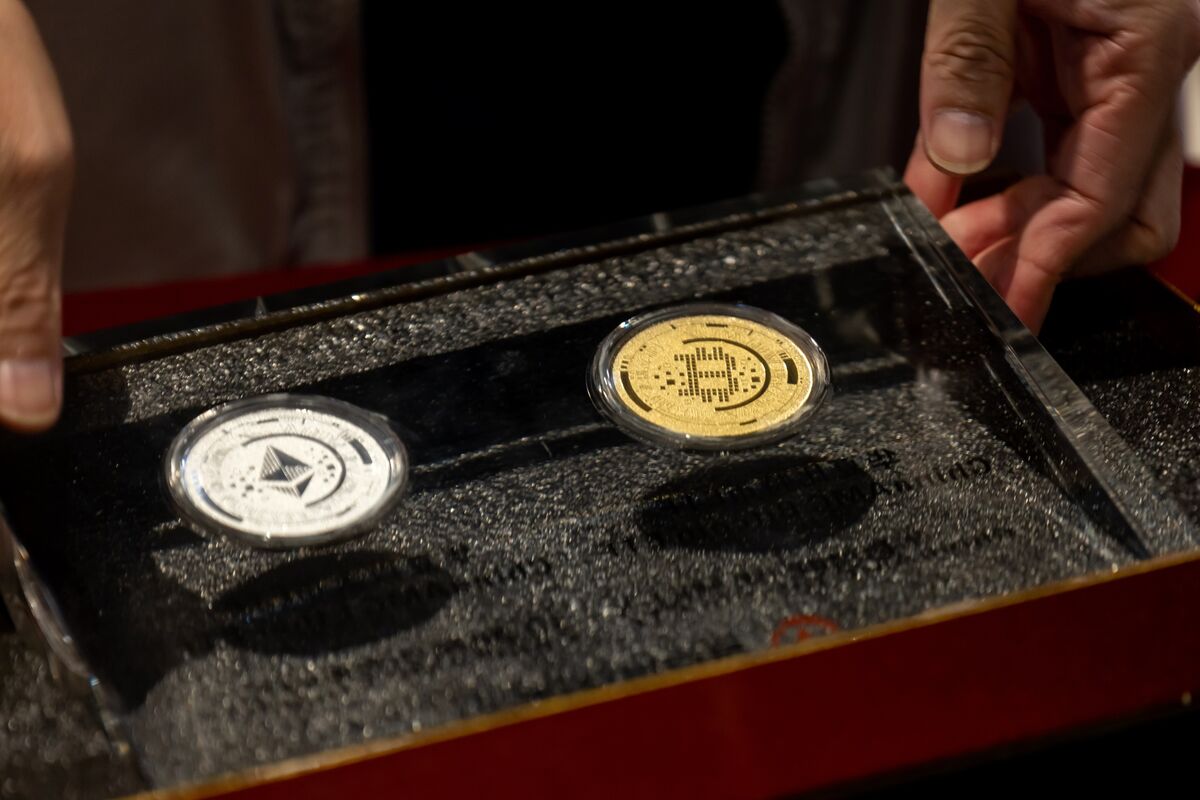
The Ether token posted its best gain this week amid speculation that U.S. regulatory oversight of the blockchain ecosystem underlying the second-largest digital asset could ease.
The token climbed as much as 3.6% on Wednesday before paring some of its advance to trade at $3,562 as of 12:53 p.m. in Singapore. The rally was a modest tailwind for market leader Bitcoin and a string of smaller rivals.
Ethereum
Will they capture the same buzz in the market?
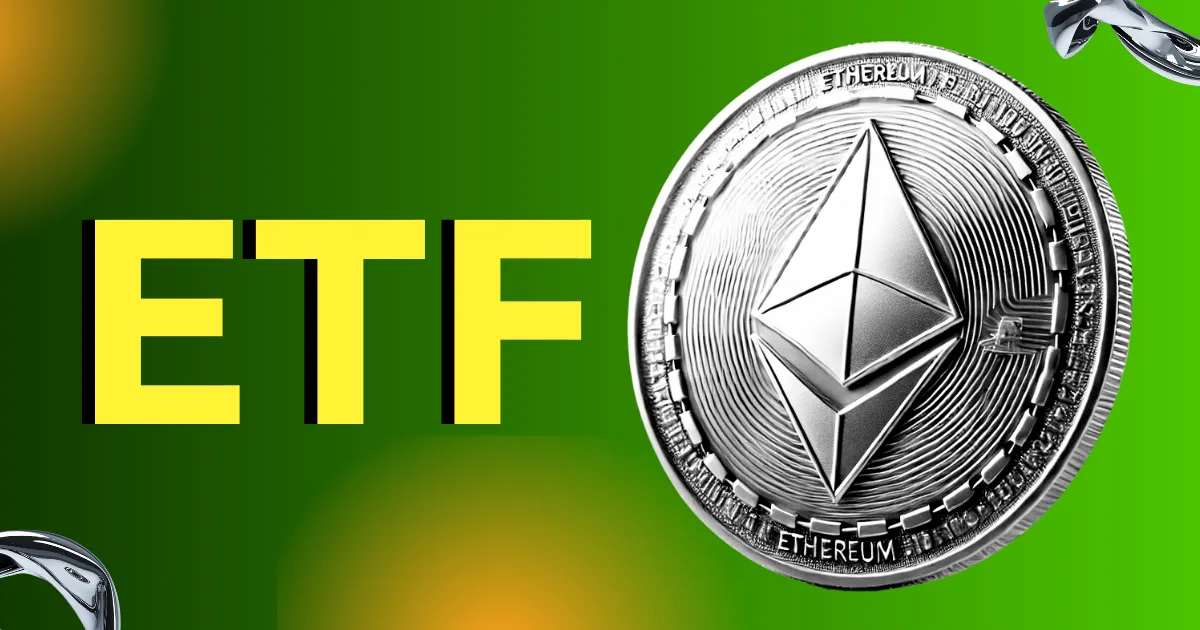
The launch of Ethereum spot exchange traded funds Exchange traded funds (ETFs) attracted significant market interest on July 23, with initial inflows surpassing $100 million. This is a notable change from the previous four days of outflows for U.S. spot Ether ETFs, which saw a total of $33.67 million in new investments.
This figure was, however, partly offset by an outflow of $120.28 million from Grayscale’s Ethereum Trust (ETHE). However, many crypto analysts believe that the Ethereum ETF will soon follow bitcoin’s path.
Ethereum ETF to Track Bitcoin
Katalin Tischhauser, head of investment research at Sygnum Bank and a former Goldman Sachs executive, predicted that Spot Ether exchange-traded funds could attract as much as $10 billion in assets under management in their first year.
She also predicted that Bitcoin ETFs could see inflows of $30 billion to $50 billion in their first 12 months, with Ethereum products likely following the same path.
Tischhauser noted that investing in Ethereum offers distinct advantages over Bitcoin. While Bitcoin is primarily viewed as a store of value, Ethereum’s value comes from revenue and cash flow. This makes Ether more relevant to traditional institutional investors compared to the perception of Bitcoin as “digital gold.”
Fee waivers to attract institutional investors
To attract institutional investors, several ETF issuers are waiving fees for their Ethereum spot funds. Franklin Templeton announced a 0.19% sponsorship fee, but will waive it for the first $10 billion in assets for six months. Meanwhile, Bitwise and VanEck will charge a 0.20% fee through 2025.
BlackRock revised its registration statement for its spot Ethereum ETF, ETHA, to include a 0.25% management fee. Grayscale launched its Grayscale Ethereum Mini Trust with the same 0.25% fee.
Ethereum ETFs Exclude Staking
The enthusiasm is, however, tempered by the lack of staking rewards of these ETFs. In May, BlackRock, Grayscale and Bitwise removed staking provisions from their SEC filings after discussions with the SEC.
As traditional investment institutions are limited by regulations and legal constraints, they can only invest through ETFs, without resorting to staking.
Also see: Crypto News Today: Bitcoin, Ethereum Brace for Volatility as Fed Holds Rates
Ethereum
SEC Hints It May Approve Ethereum ETFs at Last Minute, But ‘No Issuers Are Ready’
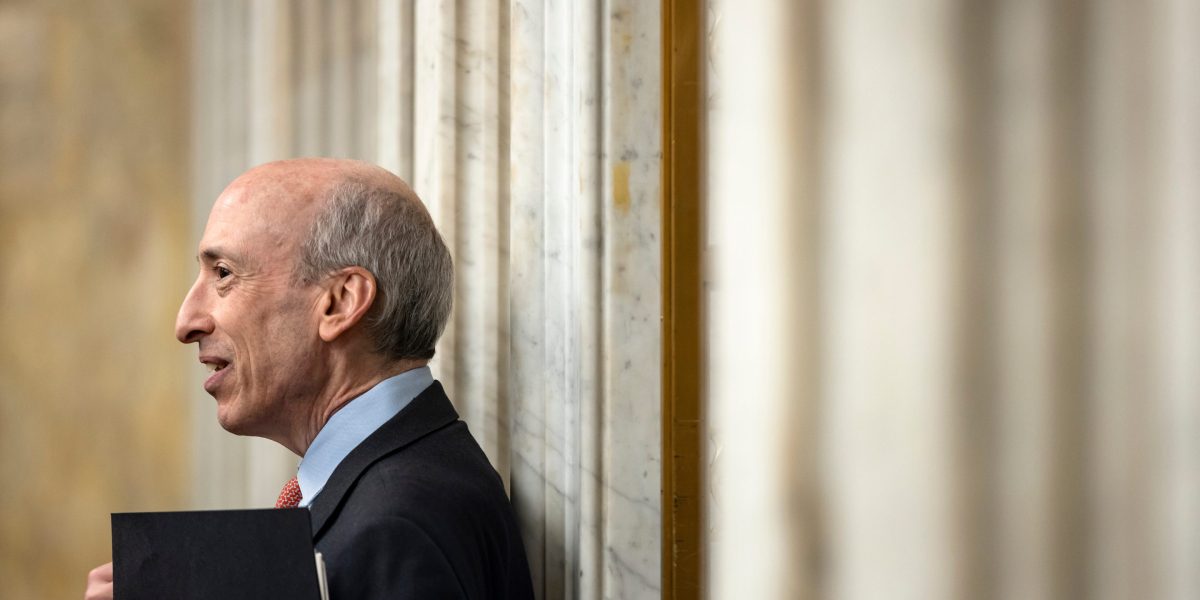
It sounded like an almost certain rejection from the Securities and Exchange Commissionbut just hours before the May 23 deadline to rule on VanEck’s application to launch an Ethereum spot exchange traded fundIt appears that the SEC may reconsider its decision.
CoinDesk First reported On Monday, the nine potential issuers that had filed to list and trade the ETFs were “abruptly” asked by regulators to update their 19b-4 filings on an expedited basis. A 19b-4 is what an exchange like the NYSE requires for new product introductions — in other words, the applicants and the exchange ask the SEC for permission to add the ETFs to their platforms.
Since rumors began circulating Monday afternoon, the price of Ether has climbed nearly 20%, trading near $3,750 as of 1:30 p.m. ET Tuesday.
It’s hard to believe that the SEC would do us a favor by approving the ETH spot ETF.
But politics is politics, and crypto has been winning the political battle for months.
Perhaps the Biden camp saw how many voters Trump could win over with a single pro-crypto comment and decided to change course.
— Jake Chervinsky (@jchervinsky) May 21, 2024
Since VanEck is the first exchange to file, its approval could hypothetically be a green light for others waiting to hear about their own 19b-4s. While rumors began circulating Monday that applications were being worked on, Bloomberg analysts updated their ratings from 25% to 75% approval.
But the news left issuers scratching their heads. Every issuer Bloomberg ETF analyst James Seyffart spoke to was “caught off guard by the SEC’s 180-degree turn,” he told Fortune. The agency reached out to filers for comment and updates just three days before the deadline, he said.
“This is not standard operating procedure, and everyone from issuers to exchanges to lawyers to market makers and more are scrambling to be ready for eventual approval and to meet SEC requirements,” Seyffart adds. The hasty nature of the pivot suggests it was likely a “political move,” the result of a “top-down decision” by the Biden administration, he speculates. “No issuer is ready,” he wrote on X.
It’s hard to believe that the SEC would do us a favor by approving the ETH spot ETF.
But politics is politics, and crypto has been winning the political battle for months.
Perhaps the Biden camp saw how many voters Trump could win over with a single pro-crypto comment and decided to change course.
— Jake Chervinsky (@jchervinsky) May 21, 2024
So far, Grayscale is the only potential issuer to post an update 19b-4 to the New York Stock Exchange website, for its application to transfer its Ethereum Mini Trust ETF. Meanwhile, Fidelity has abandoned its plan to put Ether in its ETF, according to a S-1 Update The filing was made with the SEC early Tuesday. In previous filings, the company had said it intended to “stake a portion of the trust assets” to “one or more” infrastructure providers, but now it “will not stake Ether” stored with the custodian.
Staking involves committing Ether to secure the network in exchange for a yield, which is currently around 3%, according to data from staking service Lido. Ark and Franklin Templeton have also considered staking in their applications. In today’s 19b-4 update from Grayscale, the company confirmed that it would not participate in staking. The fact that Grayscale highlighted this and Fidelity omitted it suggests that the SEC may have asked that staking be banned. Vance Spencer, co-founder of Business executivestold Fortune he believed the SEC’s last-minute requests included advice on staking.
Staking the underlying Ether in the ETF has been seen as a reason the SEC could reject the applications, with Chairman Gary Gensler expressing concern in March that digital assets using staking protocols could be considered securities under federal law. Staking could be “a significant complication,” Bitwise CIO Matt Hougan said. previously said Fortune.
However, even if the SEC approves VanEck’s 19b-4 on Thursday, it doesn’t guarantee clearance, as exchanges will need S-1 filings from issuers before the products can begin trading. When filing to launch a new security, an S-1 is the form that describes to potential investors and the SEC the structure of the asset, how it will be managed and, in this case, how it plans to mirror the performance of the underlying asset, namely Ether tokens.
But S-1 projects could take “weeks, if not months” to be approved, Seyffart said. written on X“That said, if we are correct and see these theoretical approvals later this week, that should mean that S-1 approvals are a matter of ‘when’ and not ‘if.’”
Recommended newsletter:
CEO Daily provides essential context for the information business leaders need to know. Every weekday morning, more than 125,000 readers trust CEO Daily for insights into leaders and their businesses. Subscribe now.
Fuente
Ethereum
FOMC Holds Interest Rates Steady, Bitcoin and Ethereum Prices Fall
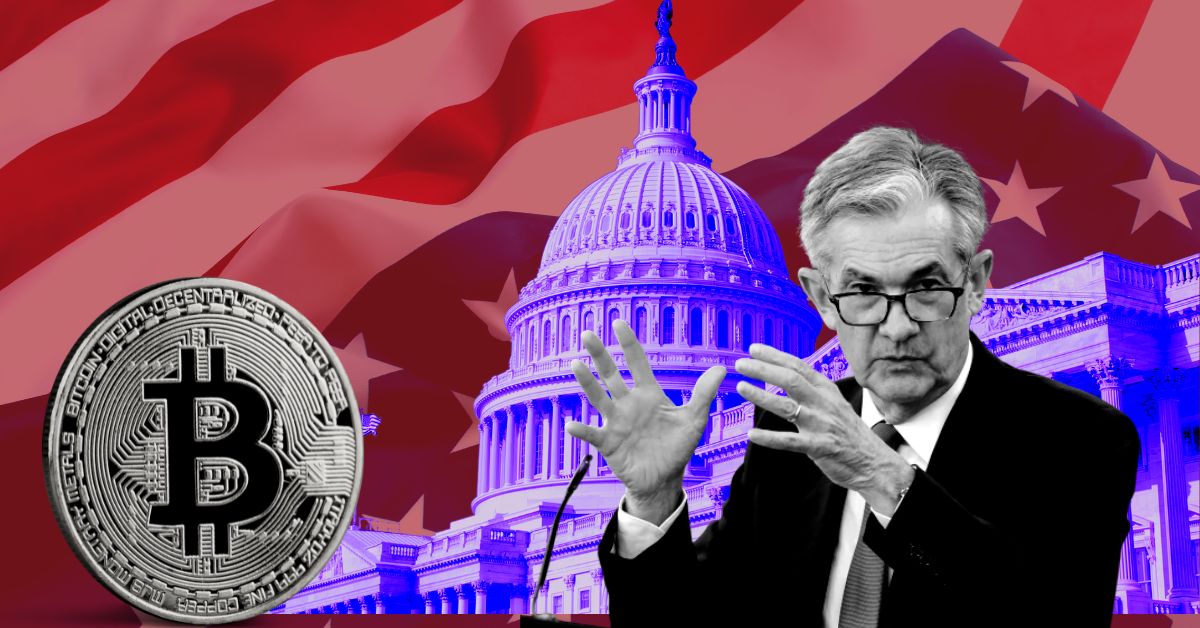
After Federal Reserve Chairman Jerome Powell said a September rate cut “could be on the cards,” stocks soared to session highs. The tech-heavy Nasdaq 100 climbed 3.3% and the S&P 500 climbed 2%. However, the king cryptocurrency Bitcoin (BTC) fell 1.3% to $66,088, and Ethereum (ETH) fell about 1.11% to $3,313. Over the past 24 hours, the global cryptocurrency market cap also fell 0.71% to $2.39 trillion.
However, market analysts believe that this is a short-term decline, as Bitcoin and other cryptocurrencies, despite being in a bearish situation, are showing bullish signals. Although BTC is still struggling to break the $70,000 mark, it will be interesting to see how BTC will react in August before the rate cuts.
Federal Reserve Decision
On July 31, the U.S. Federal Reserve concluded a two-day meeting of the Federal Open Market Committee (FOMC) by choosing to keep benchmark interest rates unchanged at 5.25%-5.50%, in line with Wall Street expectations. The decision marked the eighth consecutive meeting without a rate change.
Towards a market rebound?
According to SantimentThe FOMC’s decision to maintain current interest rates led to an initial decline in cryptocurrency prices. Traders were hoping for a rate cut, which hasn’t happened since March 2020. A future rate cut could signal bullish trends for stocks and cryptocurrencies, potentially boosting markets for the remainder of 2024. Despite the initial sell-off, markets are likely to stabilize unless another major event impacts the cryptocurrency sector.
In the meantime, aggressive accumulation by bulls and increasing negative sentiment among the crowd could set the stage for a substantial market rebound.
Understanding the broader impact
Despite the anticipation surrounding the FOMC meeting, the impact on cryptocurrencies was limited as the pause on rates had already been factored into prices. Previous Fed decisions have shown minimal major impact on Bitcoin prices.
Historically, FOMC actions affect all asset classes. In 2020 and 2021, Bitcoin and other altcoins soared when the Fed cut rates to zero, only to reverse course in 2022 when rates began to rise. Investors moved trillions of dollars into lower-risk assets, with money market funds amassing over $6.1 trillion, earning an average return of 5%.
Furthermore, Bitcoin’s immediate resistance is noted at $66,852, with support at $65,000. The RSI is signaling oversold conditions, suggesting further declines are possible if the price falls below $65,900.
Investors are now closely watching the FOMC meeting for clues about inflation and economic growth, which could influence Bitcoin’s next move.
-
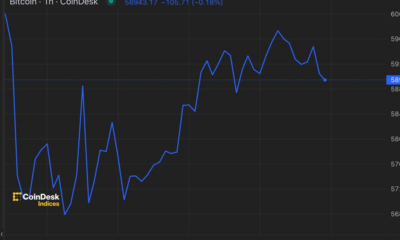
 News1 year ago
News1 year agoBitcoin (BTC) price recovery faces test on non-farm payrolls
-

 Bitcoin12 months ago
Bitcoin12 months ago1 Top Cryptocurrency That Could Surge Over 4,300%, According to This Wall Street Firm
-

 Altcoins12 months ago
Altcoins12 months agoOn-chain data confirms whales are preparing for altcoin surge with increased buy orders
-

 Bitcoin12 months ago
Bitcoin12 months agoThe US government may start accumulating Bitcoin, but how and why?
-
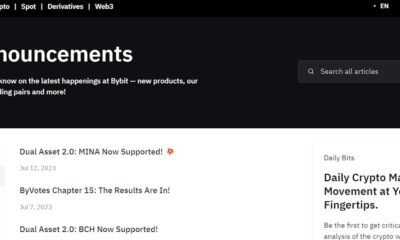
 News1 year ago
News1 year agoNew ByBit Listings for 2024: 10 Potential Listings
-

 News1 year ago
News1 year ago11 Best Crypto TikTok Accounts & Influencers in 2024
-

 News1 year ago
News1 year ago11 Best Shitcoins to Buy in 2024: The Full List
-

 Altcoins1 year ago
Altcoins1 year agoMarket giants have taken action!
-

 Ethereum1 year ago
Ethereum1 year agoTop Meme Coins by Market Capitalization in 2024
-

 News1 year ago
News1 year ago1.08 Trillion SHIBs Dumped on Major Crypto Exchange, What’s Going On?
-

 News1 year ago
News1 year ago19 Best Crypto Games to Play in 2024
-

 Altcoins1 year ago
Altcoins1 year agoAltcoin Recommended by Crypto Expert for Today’s Portfolio





